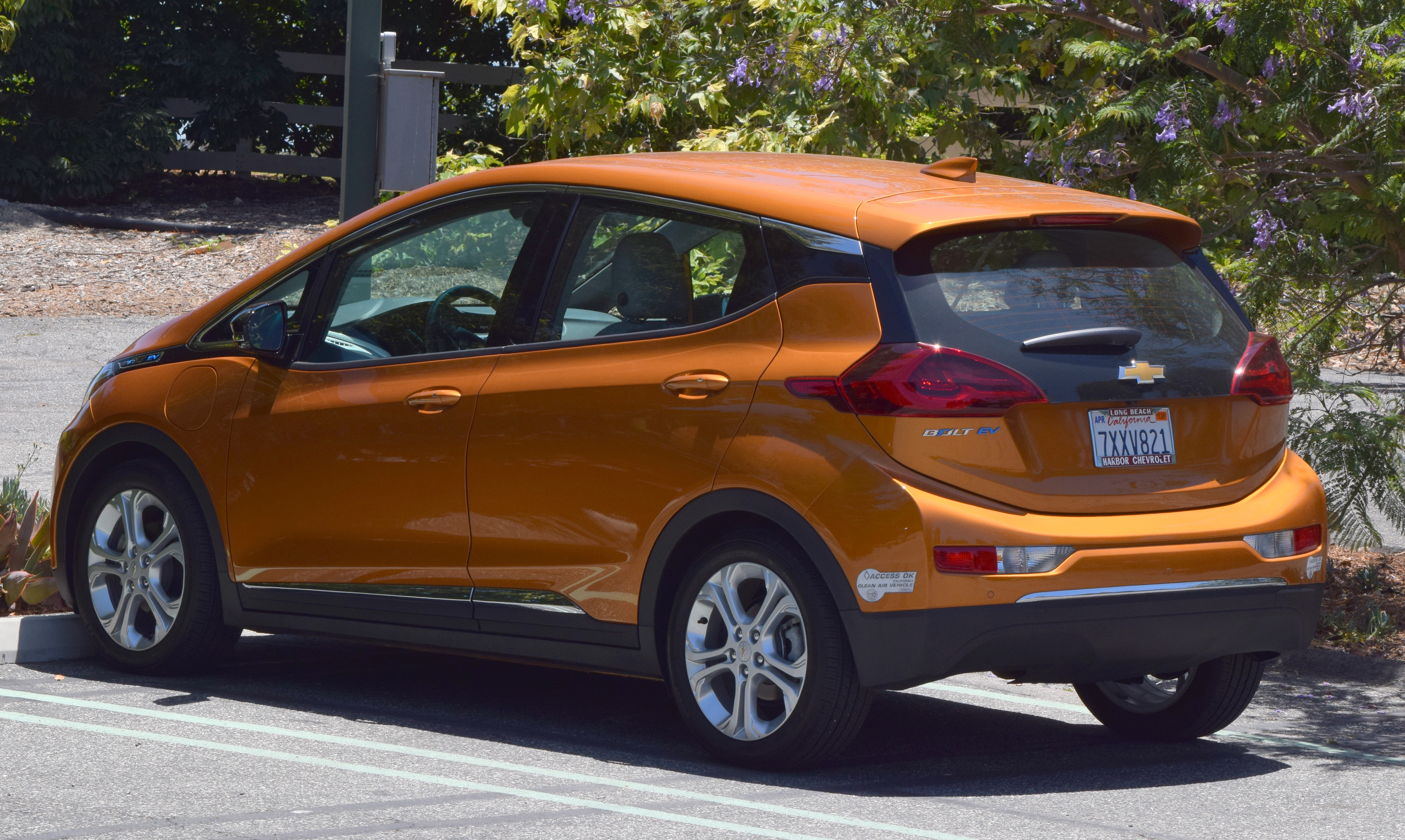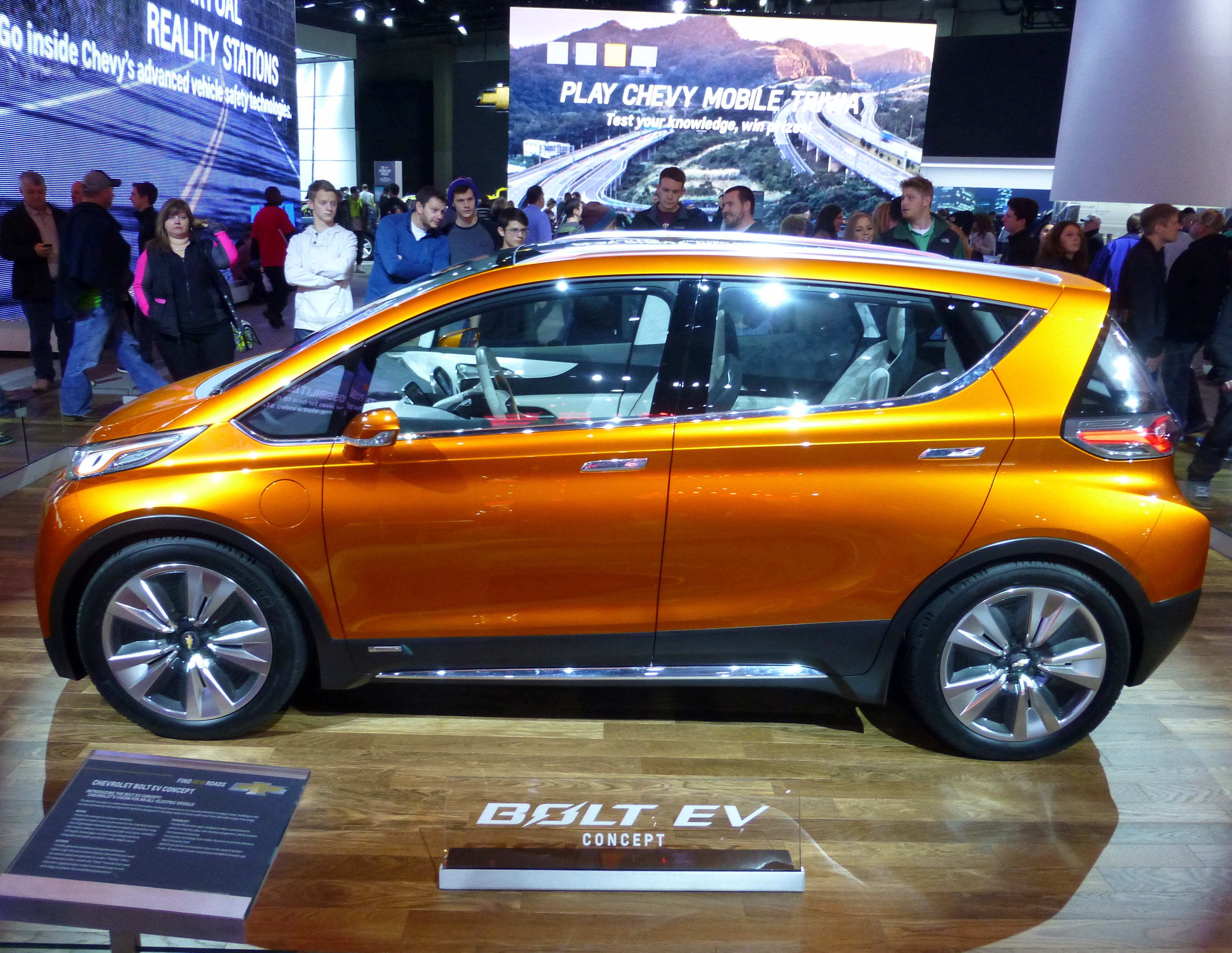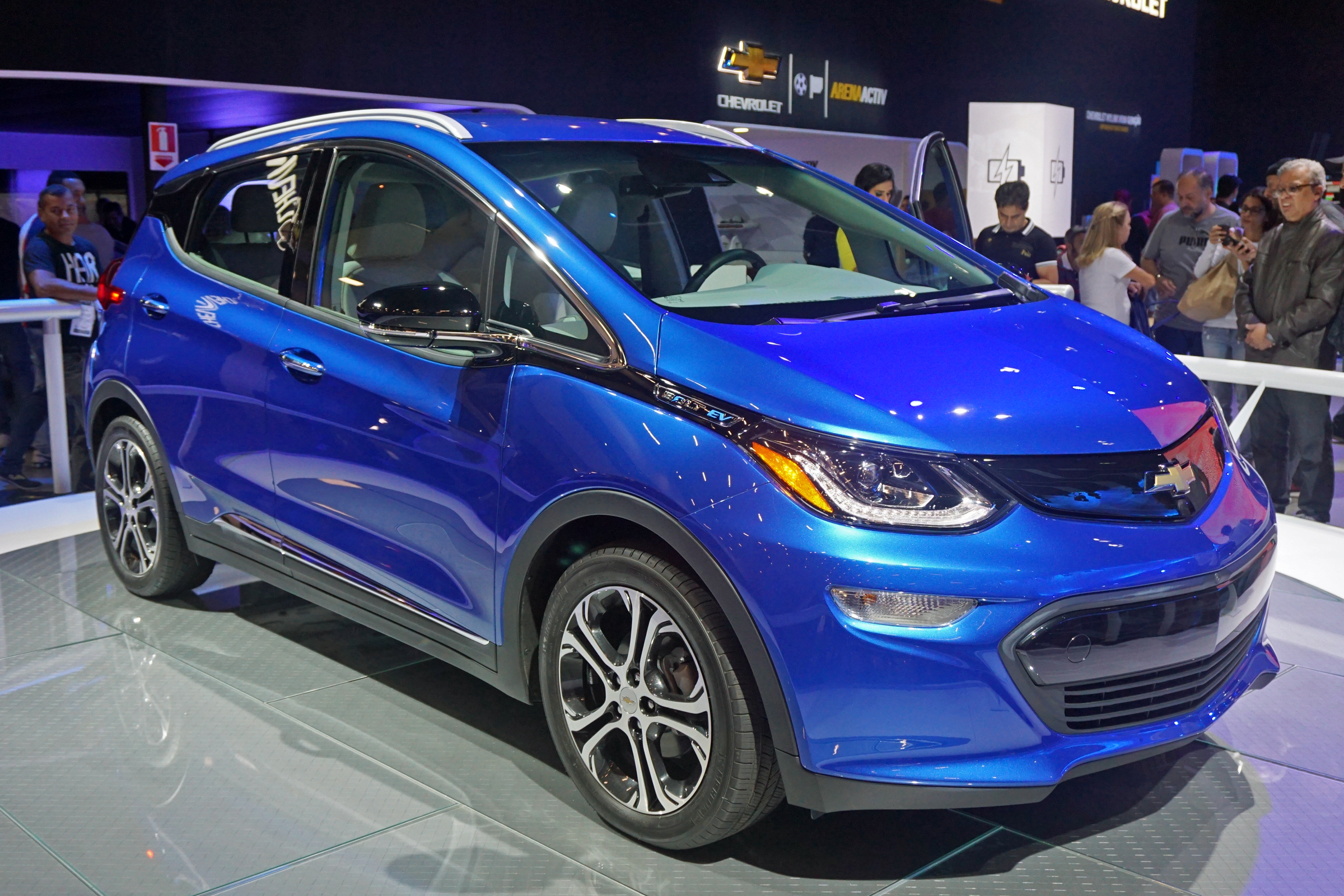The Chevy Bolt was supposed to be General Motor’s response to the Tesla Model 3: an all-electric car that would propel the American carmaker into the brave new world of battery-powered vehicles. But that’s not how things materialized; far from it.
The Chevy Bolt has so far lagged well behind the Model 3 in terms of sales and barely registers as a blip on the overall US electric vehicle market.
Aside from unfortunate naming of the Bolt, often confused with its hybrid cousin the Volt, the car suffers from a range of structural disadvantages which make it much less likely to sell than the Tesla equivalent. It’s important to note that a lot of this has nothing whatsoever to do with the car itself. As far as electric vehicles go, it’s perfectly respectable, providing a decent range and good performance. It looks reasonably attractive, even if the chassis lacks personality, and it comes in a variety of exciting colors, including one that looks uncannily similar to the orange of Scottish Irn-Bru.
WHY NOBODY BOUGHT THE BOLT
The reason that nobody bought the Bolt has to do with General Motor’s priorities. You would think that the car company would want to push as many of these vehicles as possible, given the widely expected upcoming EV revolution, but that’s not how things panned out. GM needs to develop the technology for electric cars today, but that doesn’t mean that it wants to sell them just yet.
GM, like other legacy carmakers, has invested enormously in internal combustion engines. It’s spending billions on dozens of factories around the world, believing that the electric vehicle revolution was something hippies dreamed about and nothing more. As far as it was concerned, cars that belched out greenhouse gases would remain the norm for another hundred years.
Unfortunately, the company didn’t predict how the collapse in battery prices would make EVs economically viable. Prices fell much faster than anyone expected, and now the problem is not so much the cost of making cells, but the speed at which new manufacturers, like Tesla, can ramp production in a capital-heavy industry. GM, therefore, is sitting on billions of dollars worth of capital that is no longer fit for purpose. All those factories and machines geared to building gasoline cars are useless for making EVs and either need to be converted or scrapped. Neither option is palatable.

All of this means that the Bolt never really stood a chance. It was marketed as a competitor to the Tesla Model 3, but in reality, it was never intended to be a full-scale production vehicle. It was just a technology showcase: a chance for GM to prove itself as a player in the EV space. The company never intended to sell it to the mass market. GM is still a gasoline carmaker. It needs to make a return on all of its investments in factories and will string out ICE production for as long as possible. It still needs to sell millions of traditional vehicles to pay for all those mostly irretrievable sunk costs.
DEALERS DON’T SELL THE BOLT

What all this means for buyers is interesting. If you walk into a GM showroom today, you’ll be greeted with a wide variety of vehicles. Right now, most of them are powered by fossil fuels of one kind or another, with a few token hybrids thrown in for good measure. GM dealerships are very different from their Tesla counterparts in the sense that they have to focus on selling all of their inventory, not necessarily the newest and latest technology. By most metrics, the Chevy Bolt is a great deal for customers. It gets the price of driving down considerably and is one of the reasons Hawthorn Auto Square gives for buying EVs on a recent blog post. Base costs aside, EVs are the more affordable method of motoring.
But don’t expect the people in showrooms to recommend electric cars. Dealerships know that if they want to maintain a good relationship with GM head office, then they need to push the old ICE cars. Dealers have no incentives to recommend the Bolt to customers, and so most people in the car market – those not obsessed with Tesla – just stick with the tried-and-tested models. It’s a self-perpetuating cycle.
THERE’S A LACK OF UNDERSTANDING AMONG DEALERS
It’s not all corporate shenanigans though: the dealers themselves often don’t know much about the long-term advantages of electric vehicles. Many still have the impression that EVs are expensive toys for Silicon Valley execs and eco-warriors, not the general public. The Bolt isn’t viewed as a mass-market car but more of a niche product for the small segment of the population who are interested in it.
Whether the Bolt is a genuine competitor to the Model 3 is something that remains to be seen. We will probably never know the answer simply because of how the situation is set up for the former. Tesla has a network of dealerships that can communicate the advantages of EVs to its customer base: GM doesn’t. It’s relying on an old network of around 3,000 outlets, many of which have little or no practical experience selling customers on the idea of a battery-powered drivetrain.
Of course, GM could do a better job of marketing the Bolt and go down a similar route as Tesla, expounding the need to “save the planet” and all that. But so far it’s chosen not to, and it hasn’t sent reps to train store dealers either. It all leads to the somewhat inescapable conclusion that GM doesn’t really want to sell the Bolt, even though it’s a decent car. It has a vehicle waiting in the wings to take on the EV market once Tesla scales production, but in the meantime, it’s perfectly happy to sit on its laurels and bide its time. All that capital expenditure isn’t going to pay for itself. To avoid the stock tanking, it needs to make use of it to the fullest extent possible.
